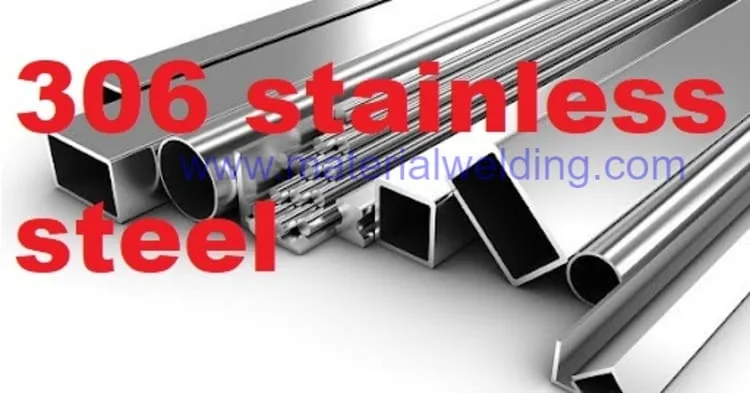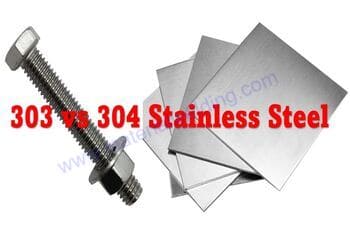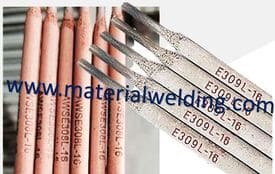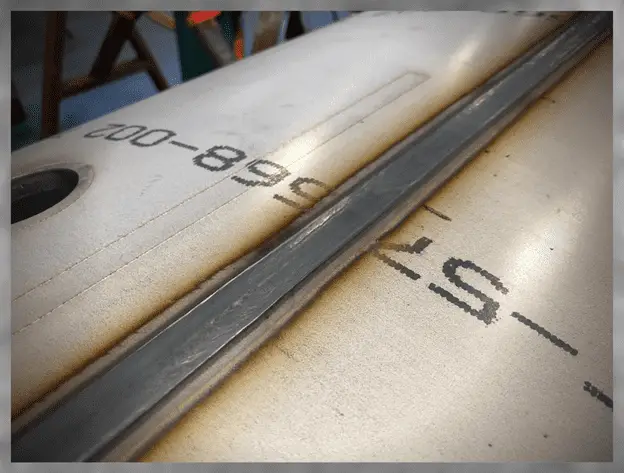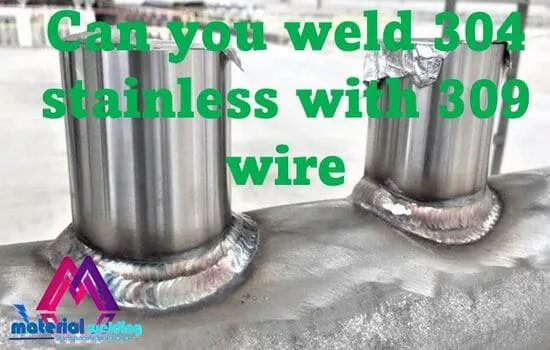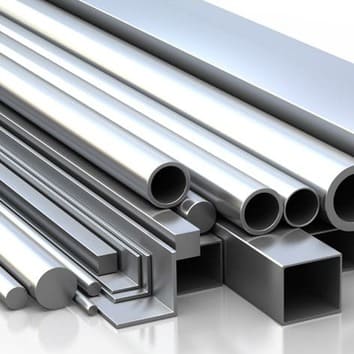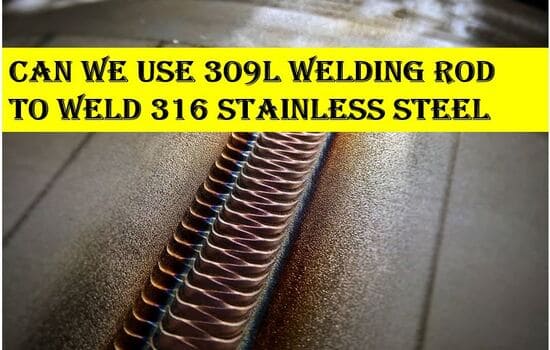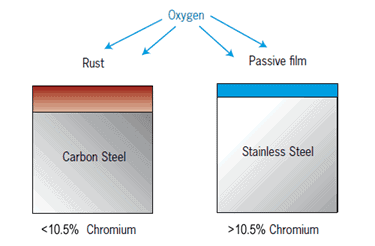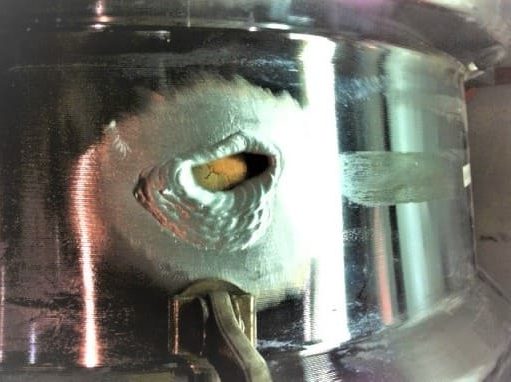How to Weld Grade 201 Stainless Steel
Grade 201 stainless steel, also known as 201 SS, is a common austenitic chromium-nickel stainless steel alloy. It has good corrosion resistance, formability, and weldability properties. Let’s discuss the key aspects of welding 201 stainless steel.
What is SS 201?
Grade 201 stainless steel is. It’s an austenitic, non-magnetic stainless steel that has been widely adopted for its affordability compared to other stainless steels. It offers reasonable corrosion resistance, especially in dry environments, making it a popular choice in various manufacturing and structural applications.
SS 201 is an austenitic stainless steel containing around 18% chromium and 8% nickel. The main alloying elements are:
• Chromium – Provides corrosion resistance
• Nickel – Provides austenitic structure and corrosion resistance
• Manganese – Improves work hardening & galling resistance.
Chemical Compositions
Its chemical composition typically falls within the following range:
• Carbon: 0.15% max
• Chromium: 17 – 19%
• Nickel: 8 – 10.5%
• Manganese: 2% max
• Silicon: 1% max
• Others: Sulfur 0.03%, Phosphorus 0.045% max
Mechanical Properties:
- Corrosion resistance: Good resistance to atmospheric corrosion and many chemicals, acids, and alkalis.
- Strength: Medium-strength steel with yield strength around 35-50 ksi (240-340 MPa)
- Work hardening rate: Medium
- Temperature limits: -320 to 1550°F (-195 to 843 °C)
Welding Rod for 201 Stainless
Grade 201 can be welded with ER308 or ER309/309L filler rods. These rods contain around 18%-22% chromium and 9%-13% nickel to match the base material composition.
In the diverse spectrum of austenitic stainless steel varieties, we encounter a multitude of types for which precise matching fillers are not fabricated. These encompass:
- Types 201
- Types 202
- Types 205
- Types 216
- Types 301
- Types 302
- Types 304
- Types 305
The proposed filler materials for these base alloys are characterized by an increment in Chromium (Cr) and Nickel (Ni) content. These elements enhance the corrosion resistance and formability of the welded joints, which is crucial for the longevity and resilience of the structure.
To illustrate, type 308 filler is typically employed for:
- Type 301 stainless steel, known for its high strength and corrosion resistance.
- Type 302 stainless steel, appreciated for its ease of fabrication and cleanability.
- Type 304 stainless steel, renowned for its excellent mechanical properties.
- Type 305 stainless steel, used where high tensile strength and good ductility are needed.
Interestingly, type 308 filler can also be used as a substitute for types 201, 202, 205, and 216 in scenarios where types 209, 219, or 240 are unavailable.
When considering the 6% molybdenum stainless steel types such as 254SMo and AL6-XN, it’s common to weld them with nickel-base alloys that have a higher molybdenum content. This is because molybdenum enhances the resistance of the stainless steel to chloride environments and reduces the rate of corrosion in a range of acidic environments.
Welding Shielding Gas Selection for SS201
The shielding gas protects the weld pool from contamination by atmospheric gases like oxygen, nitrogen, and water vapor. It also influences the weld characteristics. For SS201, the choice of shielding gas depends on the welding process.
TIG Welding
For TIG welding, the most commonly used shielding gas is 100% Argon. Argon provides excellent arc stability and helps produce clean, high-quality welds in SS201. Argon is ideal for TIG welding because it provides good cleaning action, arc stability, and penetration.
MIG Welding
In MIG welding, a mixture of Argon and Carbon Dioxide (CO2) is most commonly used. The typical ratio is 75% Argon and 25% CO2 (sometimes referred to as 75/25 or C25). This mixture provides a good balance between arc stability and the improved penetration and higher welding speed offered by the CO2.
Occasionally, a small percentage of oxygen (2-5%) is added to the mix. This can enhance the weld quality and puddle fluidity. However, it’s important to note that adding oxygen to the shielding gas can increase the oxidation of the weld, so it’s not always a recommended approach.
Argon or argon-helium mix is recommended for welding 201 stainless steel. Pure inert gas shields the weld area from contaminants and prevents oxidation during welding.
Heat Treatment
Post weld annealing or stress relief heat treatment is recommended if required to relieve residual welding stresses and relax the hardened microstructure. Annealing temperature is around 1950-2100°F (1065 – 1150°C) followed by air cooling.
